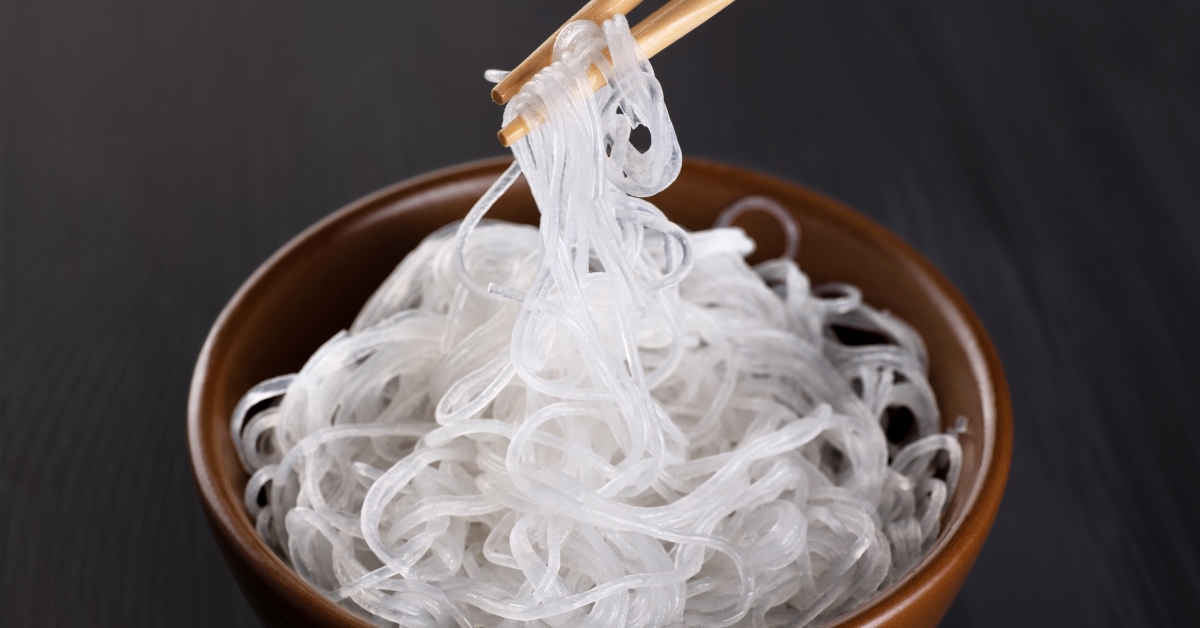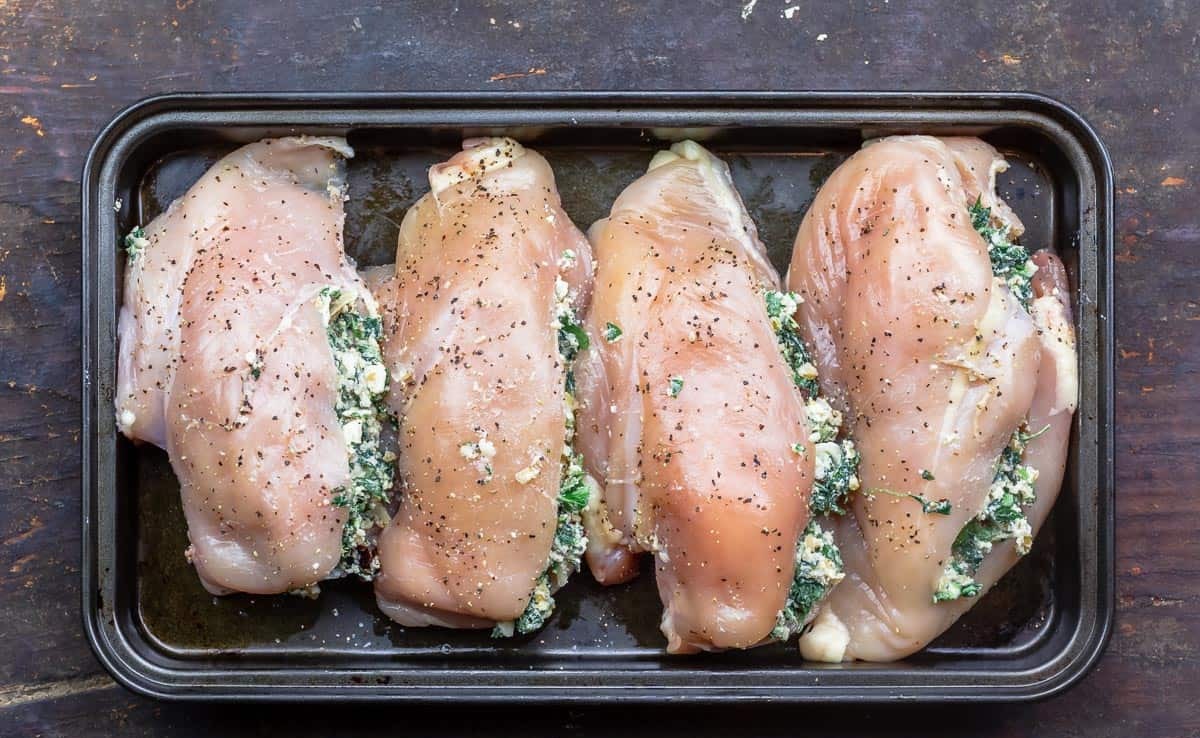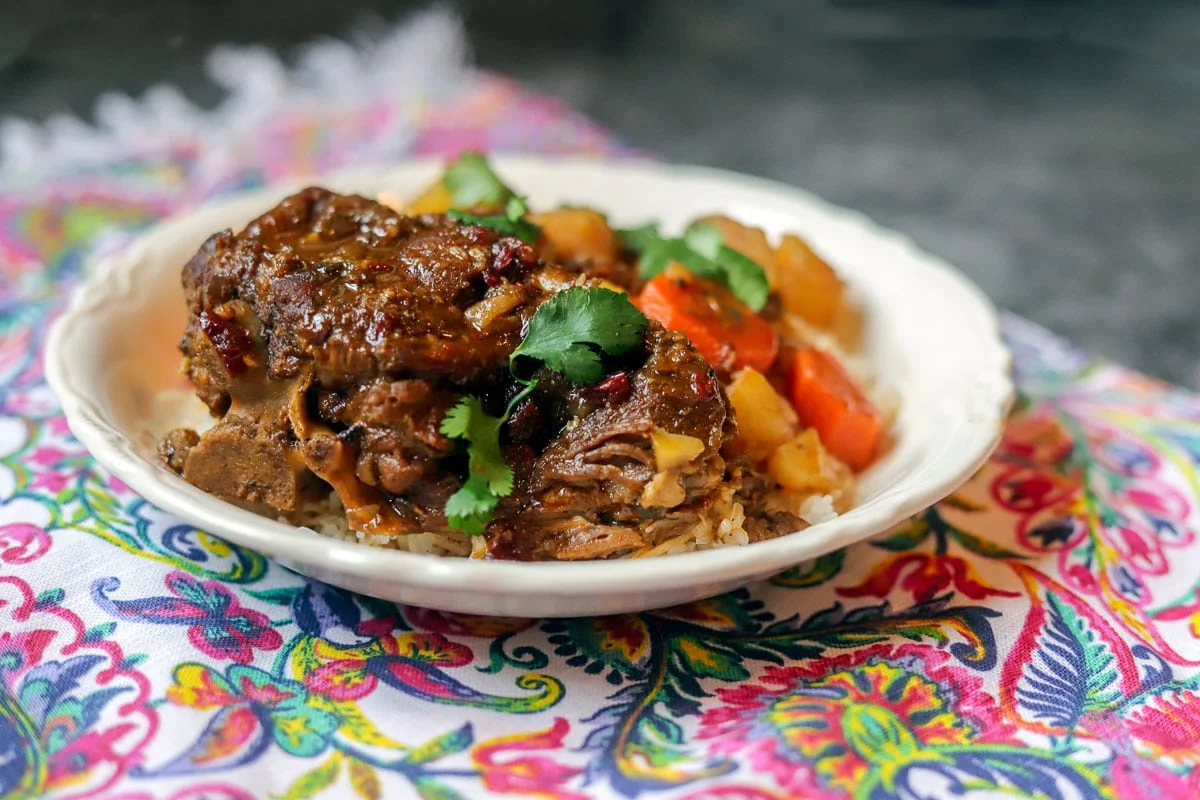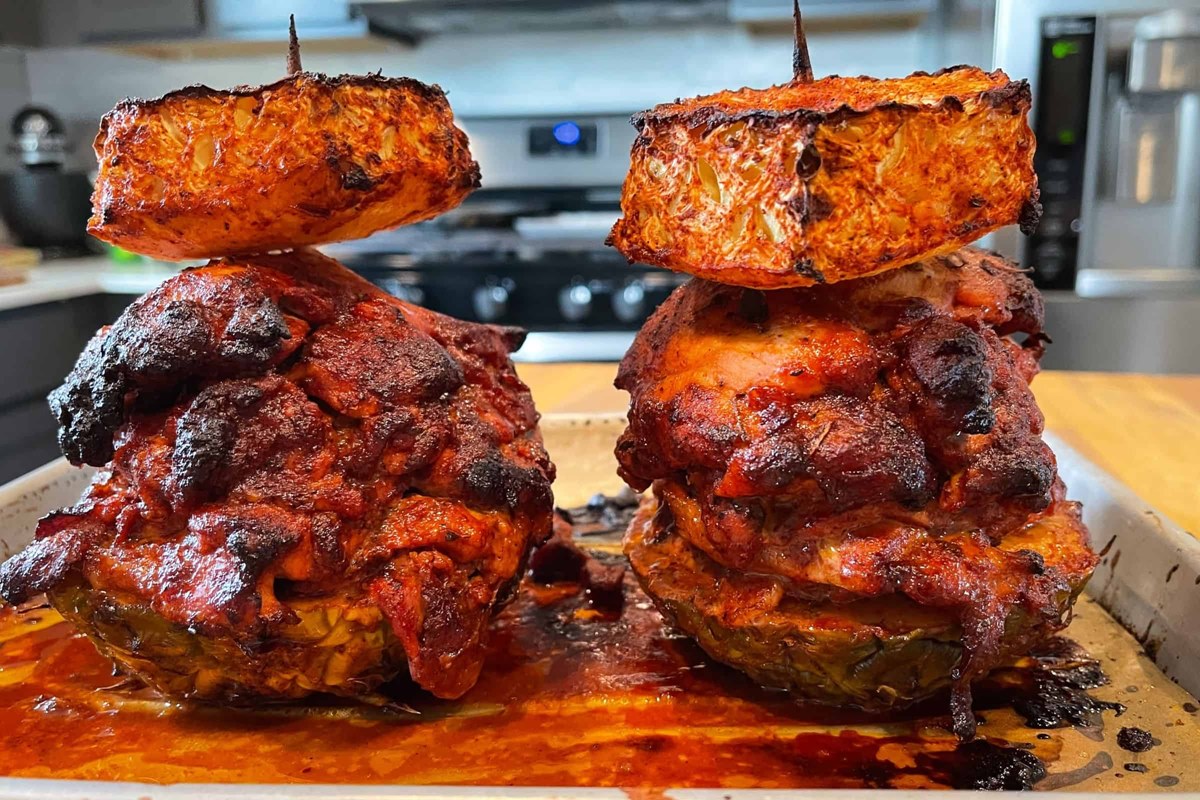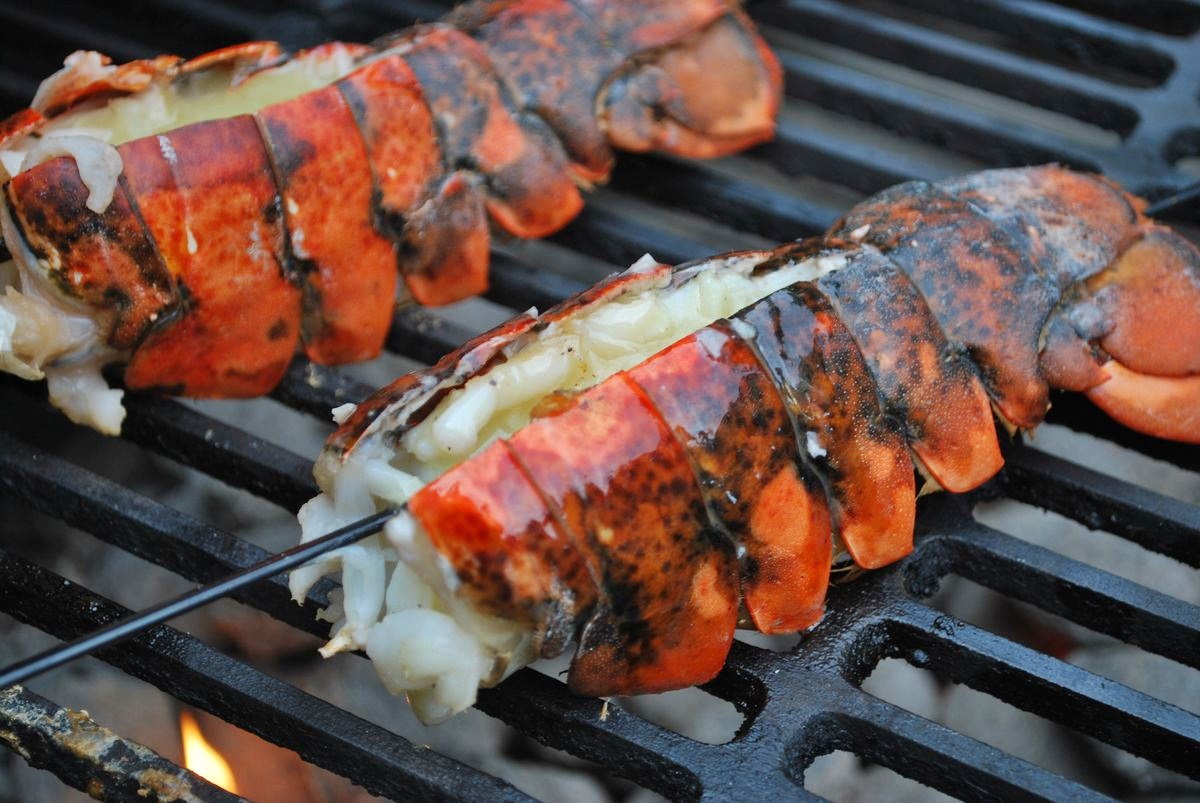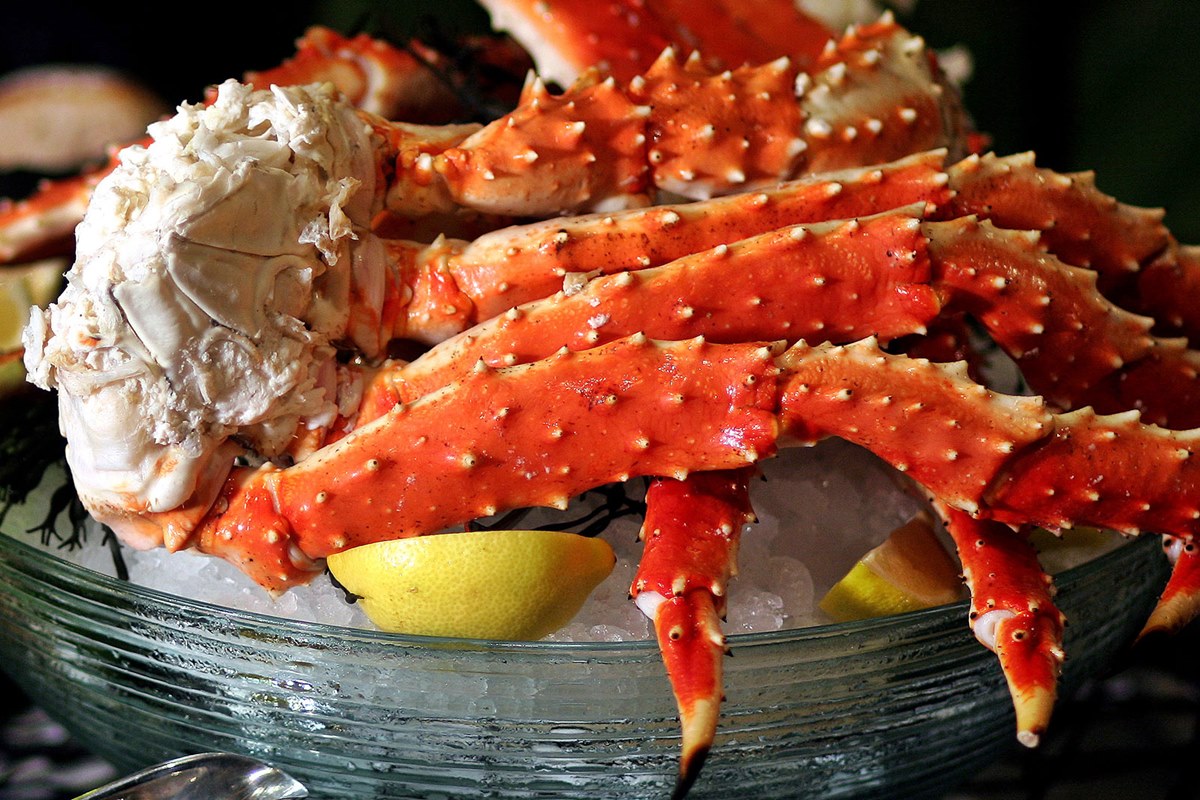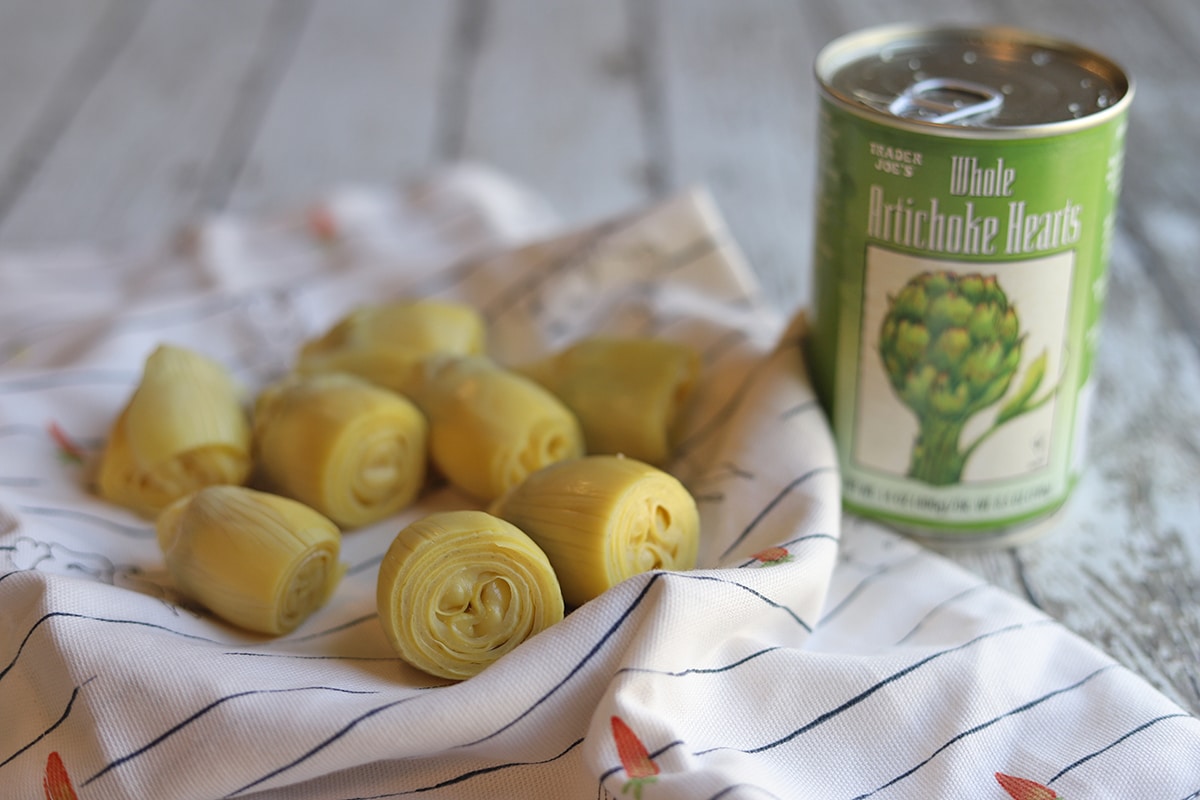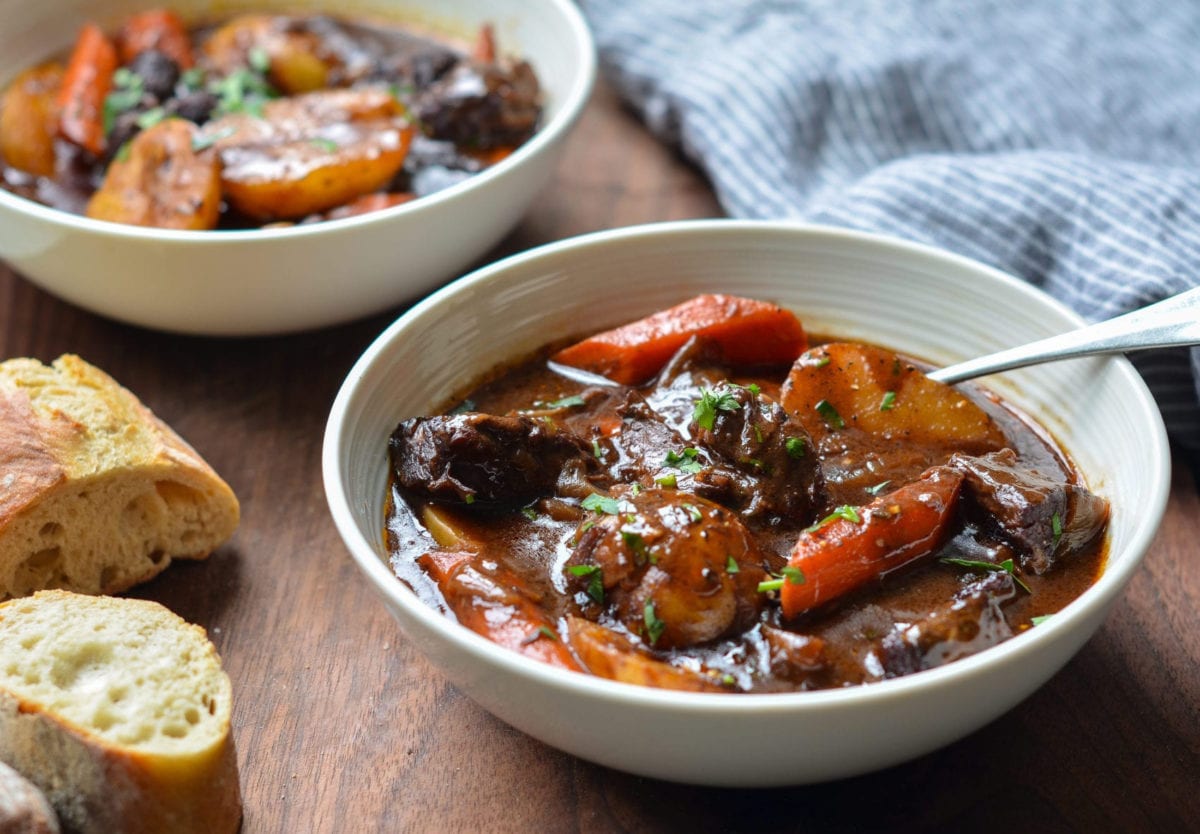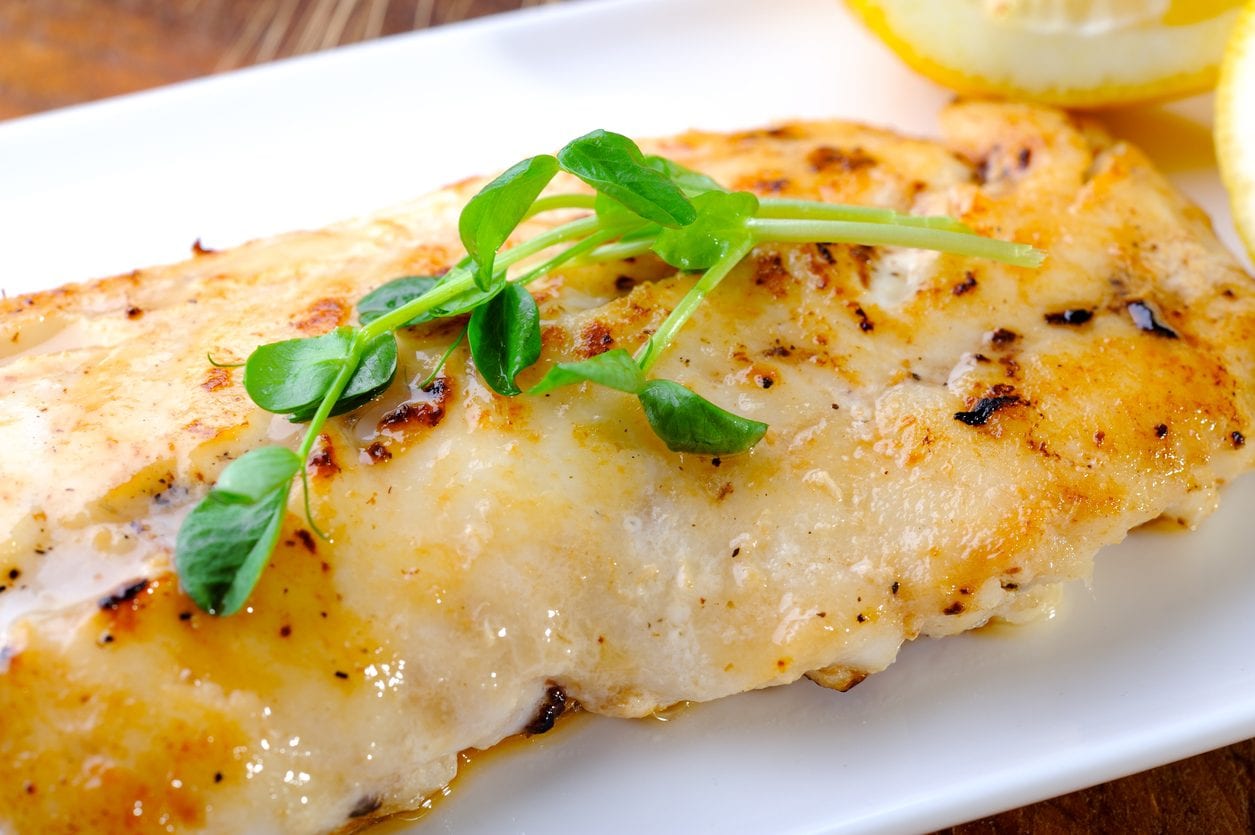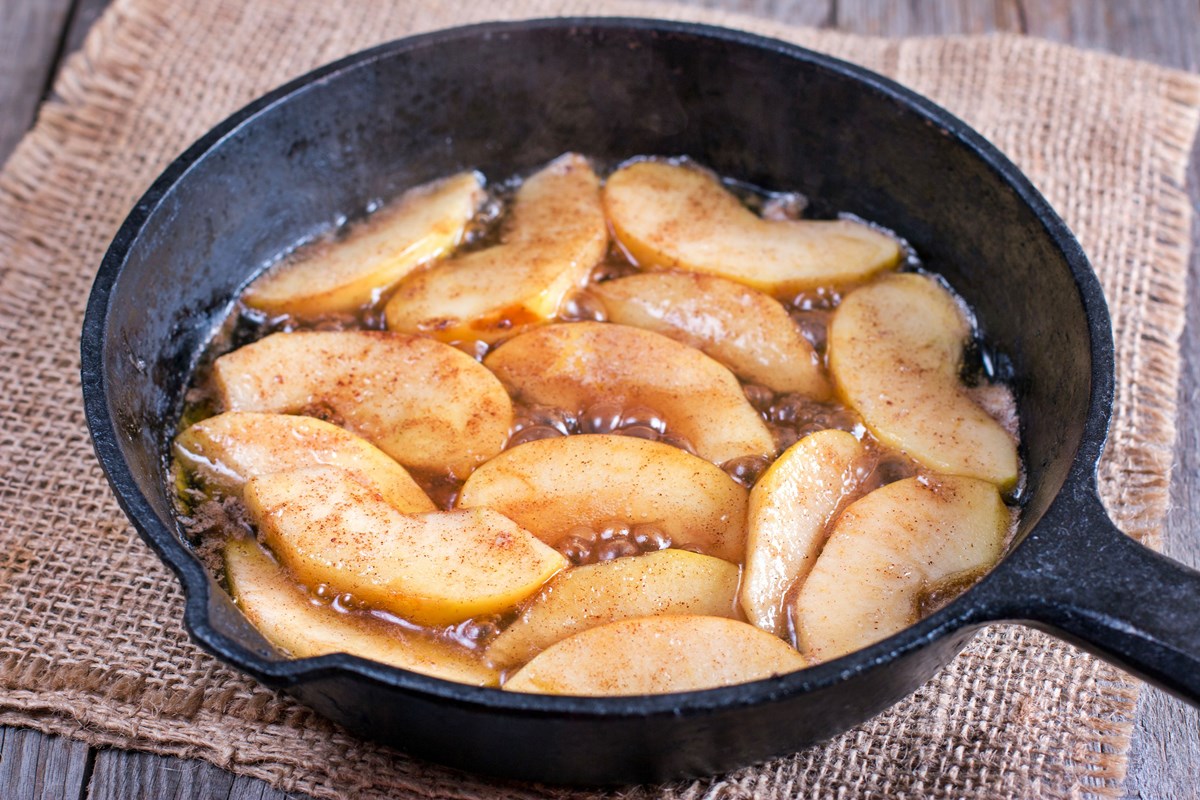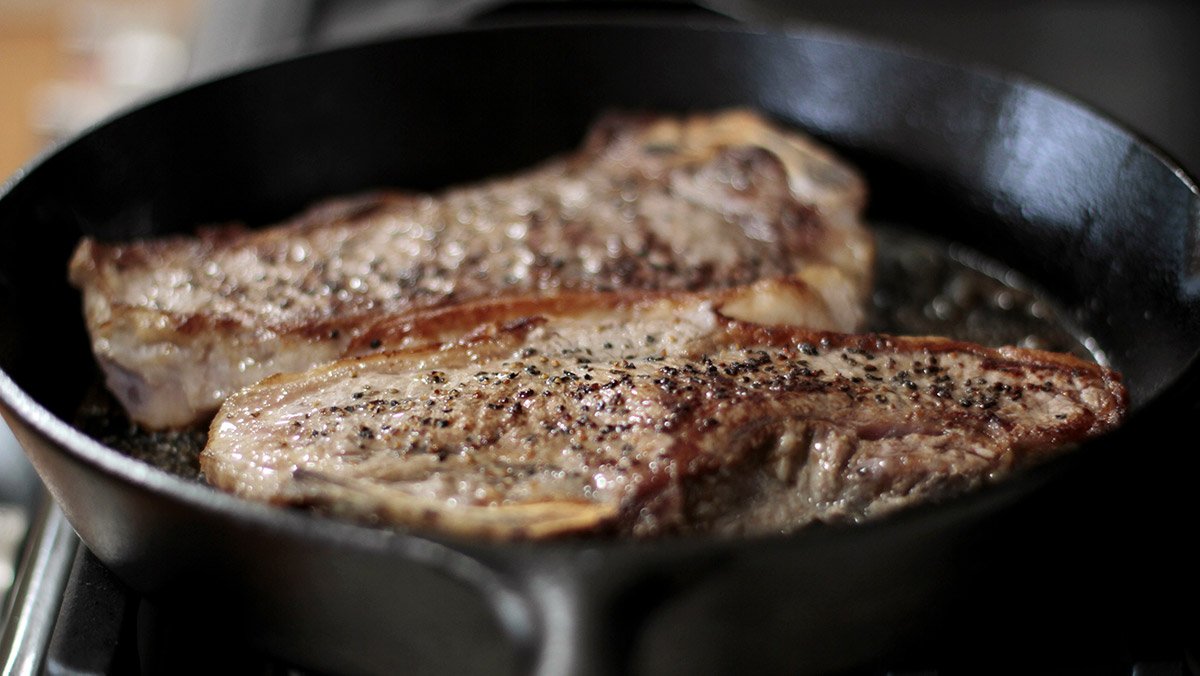Your Guide to Perfectly Cooked Pork Tenderloin for Delicious Pulled Pork
If you’re a fan of tender, succulent pulled pork, then you know that the secret to achieving melt-in-your-mouth goodness lies in perfectly cooked pork tenderloin. In this guide, we’ll take you through the steps to whip up a mouthwatering pulled pork recipe that will surely impress your family and friends.
Choosing the Right Pork Tenderloin
When it comes to making pulled pork, it’s important to select a quality pork tenderloin. Look for a piece of meat that is well-marbled and has a pinkish hue. Opt for a tenderloin that is around 2-3 pounds, as this size will ensure even cooking and plenty of leftovers for sandwiches or future meals.
Preparing the Pork Tenderloin
Before cooking, it’s essential to properly prepare the pork tenderloin. Follow these steps for a tender and flavorful result:
- Trim any excess fat or silver skin from the surface of the tenderloin using a sharp knife. Removing these can enhance the tenderness and prevent any chewy or tough bits in your pulled pork.
- Season the tenderloin generously with a dry rub or your favorite blend of spices. A classic combination of paprika, brown sugar, garlic powder, and black pepper works wonders.
- Allow the seasoned tenderloin to rest at room temperature for about 30 minutes. This step helps the flavors penetrate the meat and ensures more even cooking.
Cooking Methods
Now that your pork tenderloin is ready, it’s time to choose the cooking method that suits your preferences:
Grilling:
Grilling the pork tenderloin adds a delightful smoky flavor to your pulled pork. Preheat your grill to medium heat and cook the tenderloin for around 15-20 minutes, turning occasionally, until the internal temperature reaches 145°F (63°C). Let it rest for a few minutes before shredding and tossing with your favorite barbecue sauce.
Oven Roasting:
Oven roasting is an excellent option if you prefer a no-fuss cooking method. Preheat your oven to 375°F (190°C) and place the seasoned pork tenderloin on a baking sheet. Roast for approximately 20-25 minutes until the internal temperature reaches 145°F (63°C). Let it rest, then shred and mix with your desired sauce.
Slow Cooking:
Using a slow cooker is a foolproof way to achieve tender pulled pork. Place the seasoned pork tenderloin in the slow cooker and cook it on low heat for 6-8 hours or on high heat for 3-4 hours. Once cooked, gently shred the meat using two forks and combine it with your preferred barbecue sauce.
Serving Suggestions
Now that you’ve mastered cooking pork tenderloin for pulled pork, it’s time to enjoy your flavorful creation! Here are a few serving suggestions to make your meal even more delightful:
- Load up a soft hamburger bun with your pulled pork, and top it off with tangy coleslaw for a classic pulled pork sandwich.
- Pair your pulled pork with fluffy cornbread and a side of baked beans for a Southern-inspired feast.
- Create a vibrant pulled pork salad by tossing it with mixed greens, cherry tomatoes, avocado, and a zesty vinaigrette.
Remember, practice makes perfect! Don’t be afraid to experiment with different seasonings and sauces to find the combination that suits your taste buds. With these tips and techniques, you’re well on your way to becoming a pulled pork maestro!
Explore More Recipes and Ways to Use Your Pulled Pork
Once you've mastered the art of cooking pork tenderloin for pulled pork, a whole new culinary world opens up. The versatility of pulled pork allows it to be the star ingredient in a variety of dishes. Whether you're feeding a crowd or looking for a comforting weeknight meal, recipes like Classic Pulled Pork Sandwiches and Pulled Pork Mac and Cheese offer classic comfort. For a lighter option, try the Pulled Pork and Apple Salad. If you're in the mood for something innovative, Pulled Pork Bao Buns or Pulled Pork and Pineapple Skewers provide a delightful twist on traditional flavors. These recipes not only showcase the succulent and flavorful nature of pulled pork but also highlight how it can be adapted to different meals, making them must-tries for any home cook.
Was this page helpful?
Read Next: How To Cook Chicken With Olive Oil
